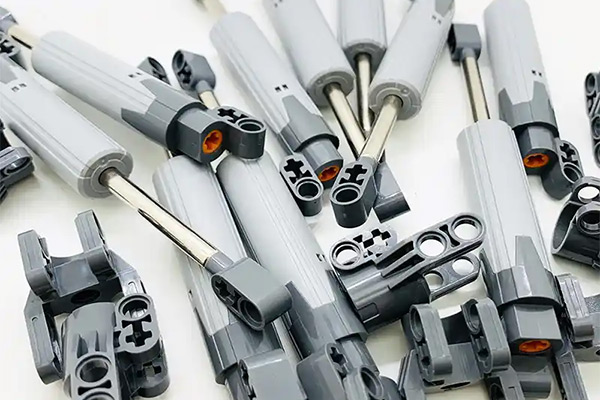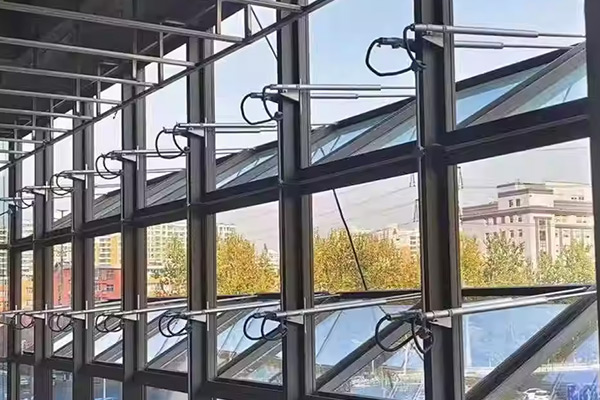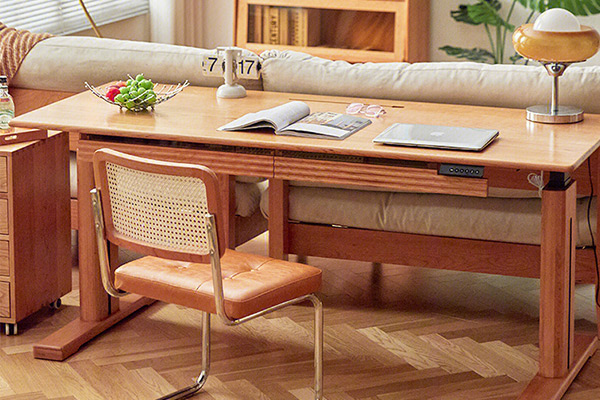In the realm of home entertainment and interior design, TV lift systems have become increasingly popular for their ability to blend functionality with aesthetics. These systems allow TVs to be hidden when not in use, preserving the clean lines of a room or freeing up space. However, when it comes to choosing a TV lift system, the decision often boils down to two main options: motorized and manual. Each has its own set of advantages and drawbacks, and the right choice depends on factors like budget, convenience, and specific usage needs. Let’s take a closer look at how they stack up.
Motorized TV Lift Systems: Convenience at the Touch of a Button
Motorized TV lift systems rely on an electric motor to raise and lower the TV, controlled via a remote, smartphone app, or even voice commands (in some advanced models). They are designed for ease of use and modern convenience, making them a favorite for those who prioritize a seamless experience.
Pros:
Unmatched Convenience: The biggest draw of motorized systems is their hands-free operation. With a simple press of a button on a remote or a voice command, the TV smoothly rises or lowers—no physical effort required. This is especially useful for larger TVs (55 inches and above) that are heavy and cumbersome to move manually, or for lifts installed in hard-to-reach places (like high cabinets or ceilings).
Smooth, Quiet Operation: High-quality motorized systems operate with minimal noise, often producing little more than a soft hum. The movement is also steady and controlled, reducing the risk of jostling the TV or causing damage to cables. This precision makes them ideal for home theaters or quiet living spaces where disruptions are unwelcome.
Integration with Smart Home Systems: Many modern motorized lifts can be synced with smart home platforms like Alexa, Google Home, or Apple HomeKit. This allows for seamless automation—for example, the TV can lower automatically when you start a movie on your streaming device, or rise when you wake up and want to watch the news. Some systems also offer programmable positions, letting you set specific heights for different activities (e.g., a lower height for movie nights, a higher one for casual viewing).
Safety Features: Reputable motorized systems often include built-in safety mechanisms. These may include obstacle detection (the lift stops if it senses an object in its path, preventing damage to the TV or injury to pets/children) and overload protection (shutting down if the weight exceeds the system’s capacity).
Cons:
Higher Cost: Motorized TV Lift systems are significantly more expensive than manual ones. The motor, control mechanisms, and additional features (like smart integration) drive up the price, making them a better fit for those with a larger budget.
Dependence on Power: Since they run on electricity, motorized lifts won’t work during a power outage. This could be a minor inconvenience for some, but it’s worth considering if you live in an area with frequent blackouts. Additionally, if the motor fails, repairs can be more complex and costly than fixing a manual system.
Installation Complexity: Installing a motorized lift often requires more work than a manual one. It may involve wiring for the motor, setting up the control system, and ensuring proper alignment to avoid jamming. In many cases, professional installation is recommended, which adds to the overall cost.
Manual TV Lift Systems: Simplicity and Affordability
Manual TV lift systems, as the name suggests, require physical effort to operate—typically via a hand crank, lever, or even a simple push/pull mechanism. They are designed for practicality and cost-effectiveness, appealing to those who don’t mind a bit of manual labor.
Pros:
Lower Cost: Manual systems are far more budget-friendly than motorized ones. Without the need for a motor, control panels, or smart technology, they are simpler to manufacture, and their price point makes them accessible for most homeowners. This is a major advantage for those looking to upgrade their TV setup without overspending.
No Power Dependency: Since they don’t rely on electricity, manual lifts work regardless of power outages. This reliability is a key benefit for anyone who values consistency, especially in areas with unstable power supplies.
Easy Installation and Maintenance: Manual systems are generally easier to install. They often involve basic assembly—attaching the lift to a cabinet or stand, securing the TV, and ensuring the crank or lever operates smoothly. Maintenance is also simpler: there’s no motor to repair, and issues like a stuck crank can usually be fixed with basic tools or lubrication.
Durability: With fewer moving parts (no motor or electrical components), manual lifts can be more durable in the long run. They are less prone to technical failures, making them a solid choice for high-traffic spaces or households where the TV is used frequently.
Cons:
Physical Effort Required: The most obvious downside is the need for manual operation. Cranking or lifting a heavy TV repeatedly can be tiring, especially for larger models or for users with mobility issues. This makes manual systems less ideal for those who want a “set it and forget it” experience.
Less Smooth Operation: Manual lifts may not move as smoothly as motorized ones. Depending on the design, the TV might jostle slightly during movement, and the crank or lever could feel stiff over time (though regular lubrication can mitigate this). This lack of precision may be noticeable in home theaters where a seamless experience is a priority.
Limited Features: Manual systems lack the advanced features of motorized ones. There’s no remote control, smart home integration, or programmable positions. They are purely functional, which may feel limiting for users who want to customize their TV setup or integrate it with other smart devices.
Weight Limitations: Some manual lifts have lower weight capacities than motorized systems. While they can handle most standard-sized TVs, very large or heavy models (over 100 pounds, for example) may be too much for a manual crank to manage safely, risking damage to the lift or the TV.
Which One Should You Choose?
The choice between motorized TV lift and manual TV lift systems ultimately comes down to your priorities:
Choose a motorized system if: You value convenience, have a larger budget, own a heavy or large TV, want smart home integration, or prefer a hands-free experience. It’s also a good fit for home theaters or spaces where noise and smooth operation matter.
Choose a manual system if: You’re on a budget, prefer simplicity and reliability, don’t mind physical effort, or live in an area with frequent power outages. It’s ideal for smaller TVs, casual use, or households where cost and durability are top concerns.
Both systems effectively solve the problem of hiding a TV when not in use, but they cater to different needs. By weighing the pros and cons against your lifestyle and budget, you can find the perfect lift system to elevate (literally and figuratively) your home entertainment setup.





